The Ultimate SEO Cheat Sheet
Contents
Search Engine Optimisation, or SEO sometimes seems like a puzzle that is tricky to solve. You are managing keywords, page speed, and content, simultaneously hoping to grab Google's attention.
You just want a straightforward guide to put your site in front of the right people. That is what this SEO cheat sheet is all about.
It is your SEO formula for success. We will break down what works for developers, content experts, and your on-page tasks.
SEO Cheat Sheet
These are the basics that apply to all and the foundation of a solid SEO strategy. Consider this your list of do's and don'ts.
First, realize that true SEO is an ongoing process. Steer clear of any firm that guarantees number-one rankings overnight since those firms typically employ toxic methods resulting in penalties. Your only concern should ever be giving true value.
Also, never plagiarise. Search engines are actually very good at detecting duplicates, and duplicating from another website will only hurt your ranking. Draw inspiration from other articles, but your end article should be yours alone.
Avoiding Common Mistakes
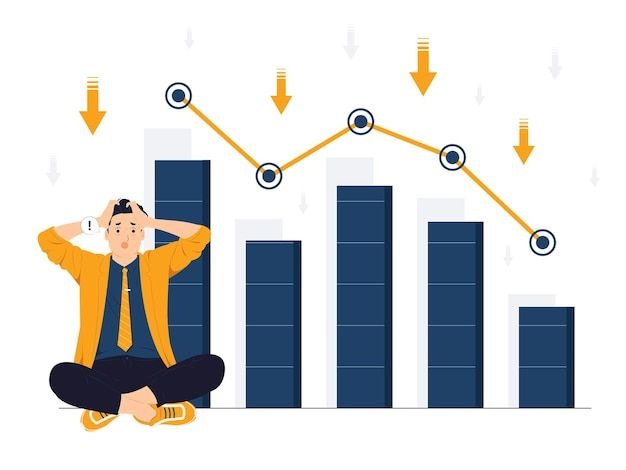
Lots of great SEO attempts go wrong due to basic errors. A big one is keyword stuffing, stuffing your page with so many keywords in an unnatural manner. It makes it difficult to read and search engines dislike it too.
Another error is neglecting the technical aspect of your site. If your site is slow, difficult to use, or unresponsive on mobile, people will leave, and search engines pick up on it.
Lastly, SEO is not a do-it-once type of job. You cannot just install it and then leave it alone. Search engines are constantly evolving, so you must monitor your results, refresh your content, and continue to improve in order to remain ahead.
Web Developer's SEO Cheat Sheet
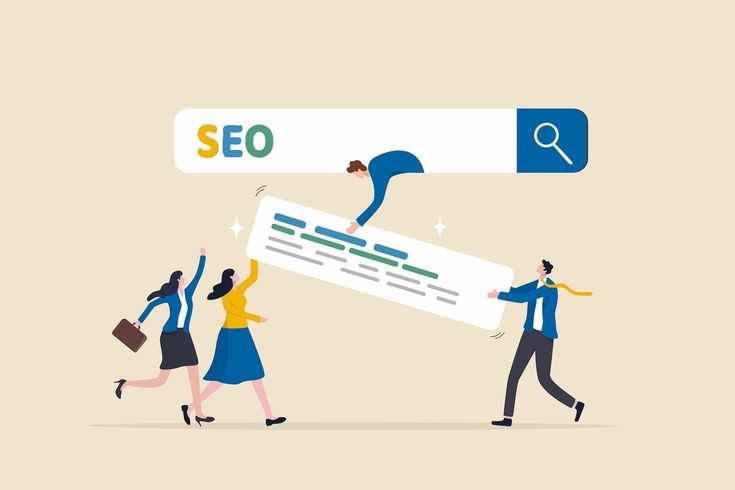
As a web programmer, you set the stage for achievement in SEO for a website. Well-built technical groundwork is necessary for the search engines to crawl and index your pages correctly. These are your priorities.
1. Optimise for Speed
Slow site means high bounce rates and rankings. You want to try for pages less than three seconds.
- Compress Images: Compress images without compromising visual performance through tools like TinyPNG.
- Use Leveraging Caching: Store components of your website on a user's browser so that it loads faster upon repeated visits.
- Reduce Code: Remove comments and spaces from your HTML, CSS, and JavaScript to minimise the code.
2. Be Mobile Friendly
Google now considers the mobile version of your site first when determining how to rank your site. That is why having a responsive design, a website that functions well on any screen size is really important.
You can use Google’s Mobile-Friendly Test to see if your site is easy to use on phones and tablets. If something is off, fix it right away.
3. Design a Clean URL Structure
Clean, descriptive URLs are perfect for users and search engines alike. They provide context as to what the page contains even prior to clicking on it.
An example of a well-formed URL is: CLICK HERE
SEO Cheat Sheet for Content Writer
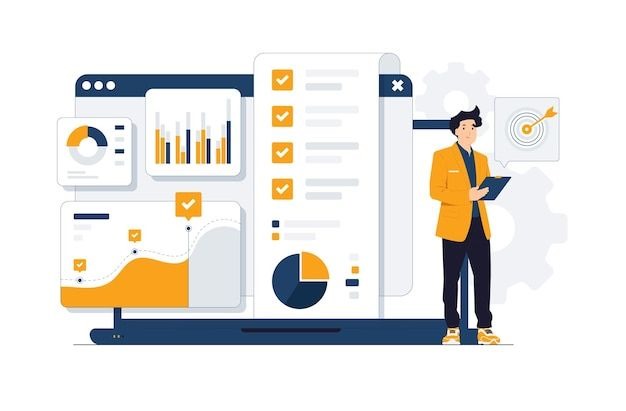
As a content author, you create the value which generates and engages an audience. Your words are what answer queries made by users and build trust. This cheat sheet is all about creating content which humans and search engines will adore.
1. Do Keyword Research
Prior to writing, you must know what you are searching for. This action helps connect what you write to user intent, if for information or intent to buy.
Use tools like Google Keyword Planner to find related keywords. Make use of long-tail keywords (three+ words) like "best on-page SEO tips for beginners." These are less competitive and generate very interested traffic.
2. Write Great Content
Your final goal is to create the most quality content on a given subject. Answer a question thoroughly, solve an issue, or provide new information not yet found.
Make your content unique and informative. Don't copy what's already out there; provide your own examples, facts and figures, and observations. A friendly tone makes difficult issues easier to understand and enjoyable to read.
3. Plan for Readability
Online users will tend to scan, not read word by word. Make your content such that it is fast and easy to locate what they seek.
Use short headings (H2, H3) to organise your content into logical chunks. Use brief paragraphs (2-3 sentences), and bullet points and lists (#) to display information in an easy-to-absorb manner.
On-Page SEO Cheat Sheet
On-page SEO is the act of making every single page rank higher and get more targeted traffic. It's all about letting search engines know what your page is. Use this checklist for all content you put out.
Title Tag
The title tag is the click-through headline that appears on search results. One of the most vital elements in driving clicks.
Make sure your title is under 60 characters so it does not get cut off in search results. Place your main keyword at the start and create a question-provoking heading.
Meta Description
The meta description is the short description that shows up in search results below the title. Technically not a ranking factor, but it plays a monumental role in if people click or do not click your page.
Make a concise summary (below 160 characters) of the page content. Include your primary keyword and call to action, such as "Learn more" or "Find out how," in it.
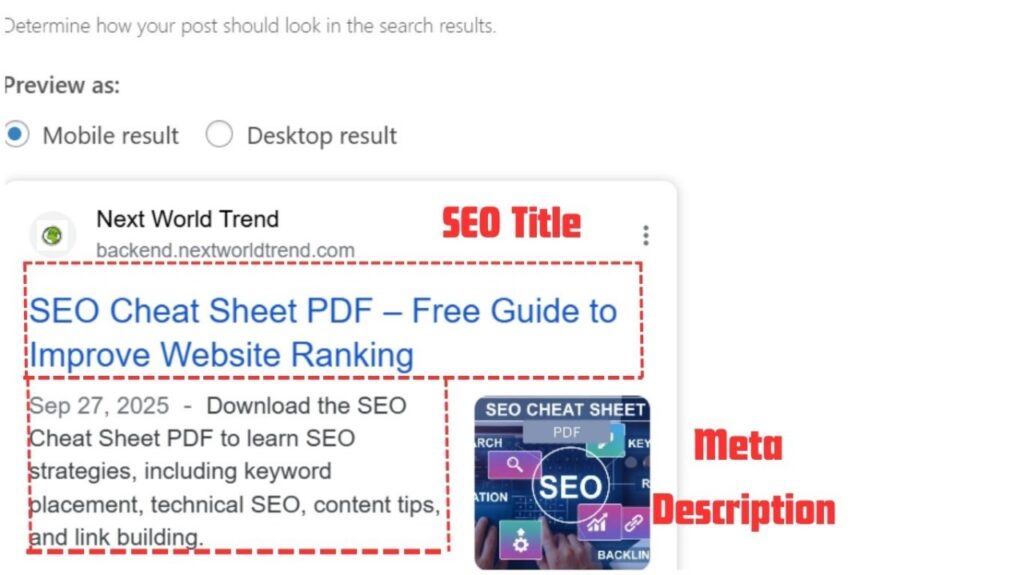
Headings
Headings (H1, H2, H3) help organize your content and show search engines how it is structured. Use one H1 for the page title, then add H2s and H3s to break content into sections and sub-sections.
Internal Links
Internal linking connects a page on your website to another. They help search engines locate more content on your site and encourage visitors to stay longer on your website.
Use informative anchor text, such as "our content writing guide," instead of generic text, such as "click here."
FAQs
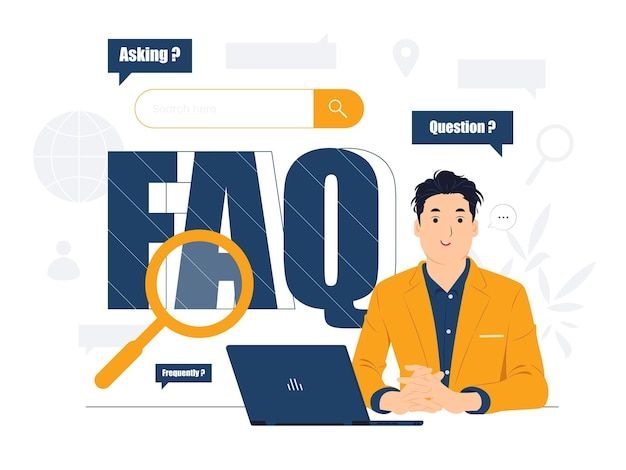
It is a quick guide with the main SEO tips to boost your website’s ranking.
It makes SEO simple by turning complex steps into easy actions.
It should cover keywords, on-page basics, technical SEO, link building, and content rules.
Yes, it is beginner-friendly and explains in simple steps

Conclusion
SEO does not have to feel like a mystery. With this cheat sheet, you’ have got a clear road map, whether you are a developer working on speed and structure, a writer crafting valuable content, or focusing on on-page basics. Remember, SEO is an ongoing process: keep learning, keep optimising, and stay consistent.
Disclaimer!
This article is for informational and educational purposes only.
We do not provide financial, medical, or legal advice.
Always verify important details from official sources before making any decisions.
Every effort is made to keep the content accurate and helpful, but we advise readers to rely on their own judgement and official references.
If you find any mistakes or issues, please contact us to correct them.


















Responses (0 )